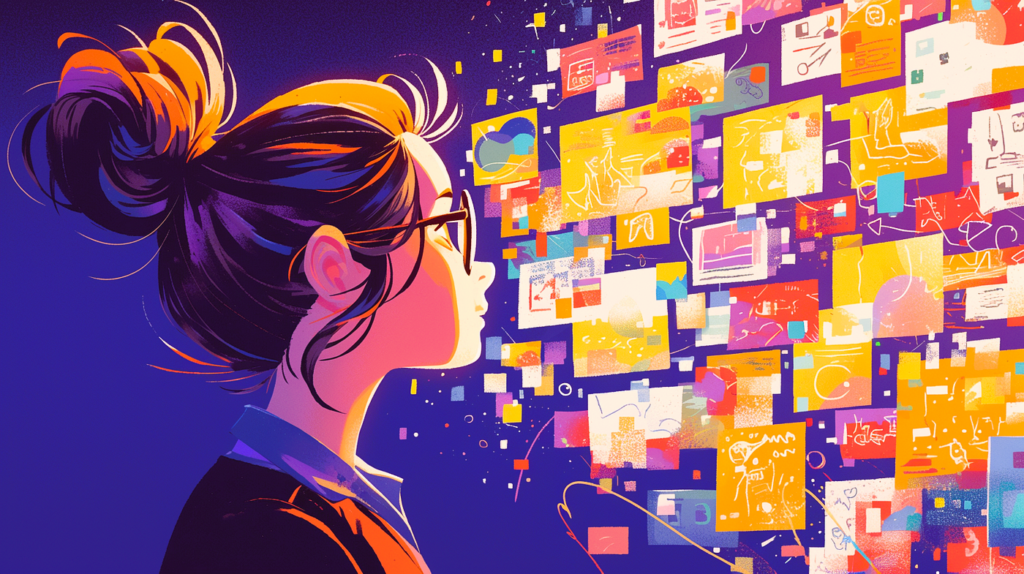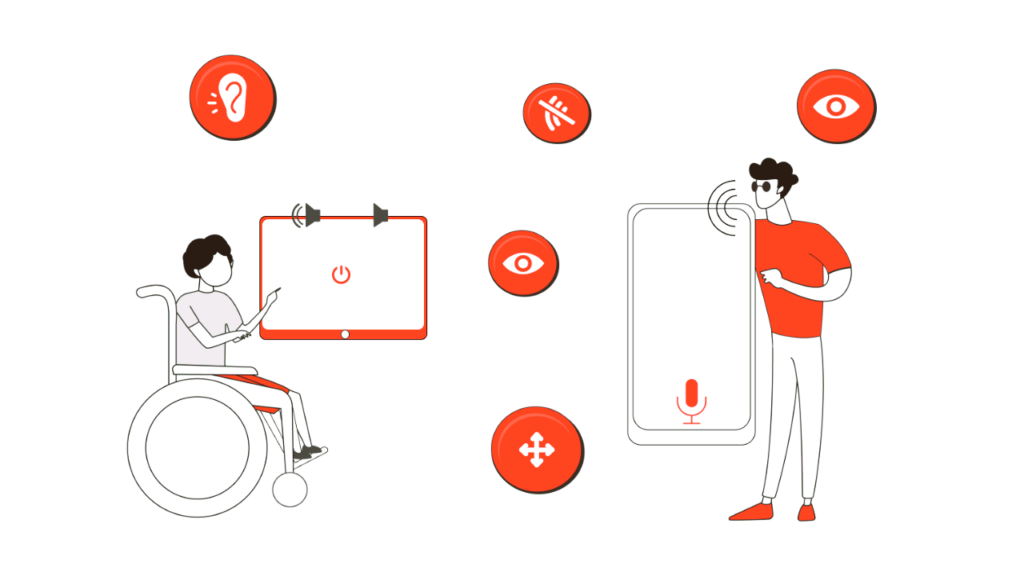In the ever-evolving world of game design, the user interface (UI) plays a crucial role in shaping player experiences. The psychology behind UI design is not just about aesthetics; it’s about understanding how players interact with interfaces and how these interactions impact their overall gaming experience. This article explores the psychological principles that make game UIs engaging and effective, delving into factors such as usability, emotional impact, and cognitive load.
1. Understanding User Expectations
Players bring certain expectations to a game’s UI based on their experiences with other games and applications. Effective UI design leverages these expectations to create intuitive and enjoyable interactions. According to Jakob Nielsen, a renowned usability expert, users often rely on familiar patterns and conventions when interacting with interfaces. Therefore, game UIs that align with established design standards can enhance user satisfaction and reduce the learning curve.
For instance, placing common controls like menus and inventory in familiar locations can help players quickly orient themselves. By adhering to established UI patterns, designers can create a sense of familiarity, allowing players to focus more on the game itself rather than struggling with navigation.
2. Emotional Engagement Through Visual Design

Visual design is a powerful tool for evoking emotional responses and enhancing player immersion. Color theory, typography, and iconography all contribute to the emotional impact of a game’s UI. For example, using vibrant colors and dynamic animations can create a sense of excitement and urgency, while muted colors and subtle transitions can convey a more relaxed or contemplative mood.
The use of visual cues, such as highlights and feedback animations, also plays a significant role in maintaining player engagement. When players receive immediate visual feedback on their actions, it reinforces their sense of control and achievement. This positive reinforcement can enhance the overall gaming experience and encourage continued interaction.
3. Cognitive Load and Usability
Cognitive load refers to the amount of mental effort required to use an interface. A well-designed UI minimizes cognitive load by presenting information in a clear and organized manner. This involves structuring content in a way that reduces the need for players to remember or infer details.
One effective strategy is to use visual hierarchy to guide players’ attention to the most important elements. This can be achieved through techniques such as size differentiation, contrast, and placement. For example, placing critical buttons and information in prominent positions helps players quickly locate essential functions without unnecessary mental strain. Read here how to create smooth transitions and animations in game interfaces.
Moreover, minimizing the number of actions required to achieve a goal can also reduce cognitive load. Streamlining workflows and providing intuitive controls allow players to focus on the game rather than struggling with complex interface elements.
4. The Role of Feedback and Rewards
Feedback and rewards are integral to the psychology of game UI design. Providing players with clear, immediate feedback on their actions helps reinforce their understanding of the game mechanics. Positive feedback, such as visual effects and sound cues, can enhance the sense of accomplishment and satisfaction.
Rewards, both in-game and external, can also motivate players to engage with the UI. For instance, unlocking new features or achievements can create a sense of progression and encourage continued play. By incorporating reward systems into the UI design, developers can maintain player interest and foster a sense of achievement.
5. Customization and Personalization
Allowing players to customize and personalize their UI can significantly enhance engagement. Customizable interfaces enable players to tailor their gaming experience to their preferences, which can increase their investment in the game. For example, providing options to adjust HUD elements, change color schemes, or reassign controls can make the game more accessible and enjoyable for a wider audience.
Personalization also extends to in-game avatars and profiles. By giving players the ability to express their individuality through customizable avatars and profiles, developers can create a stronger emotional connection between players and the game.
6. Accessibility and Inclusivity
An engaging game UI should be accessible to all players, including those with disabilities. Incorporating accessibility features such as adjustable text sizes, colorblind modes, and alternative input methods ensures that a broader audience can enjoy the game.

Designing with inclusivity in mind not only broadens the potential player base but also demonstrates a commitment to creating a positive and equitable gaming experience. By addressing diverse needs and preferences, developers can foster a more inclusive gaming community.
7. Case Studies and Real-World Examples
To illustrate these principles in action, let’s consider a few real-world examples of successful game UI design:
- “Fortnite”: The popular battle royale game “Fortnite” utilizes a minimalistic UI that allows players to focus on the action. Key information, such as health and ammo, is displayed prominently, while less critical elements are kept out of the way. The use of vibrant colors and dynamic animations helps maintain engagement and excitement.
- “The Legend of Zelda: Breath of the Wild”: This game features a clean and intuitive UI that complements its open-world design. The minimalist approach to HUD elements ensures that players are not overwhelmed, while contextual information is provided through subtle cues and icons.
- “Overwatch”: Blizzard’s team-based shooter “Overwatch” incorporates colorful and distinct UI elements for each hero, helping players quickly identify key abilities and statuses. The UI design enhances team communication and strategic planning, contributing to the overall gameplay experience.
The psychology of game UI design encompasses a range of factors that contribute to player engagement and satisfaction. By understanding user expectations, leveraging visual design, minimizing cognitive load, and incorporating feedback and rewards, developers can create interfaces that enhance the overall gaming experience. Additionally, customization, accessibility, and real-world examples demonstrate the impact of thoughtful UI design on player engagement.
For further reading on standards and best practices in UI design, you can visit Wikipedia’s page on User Interface Design.
Understanding these psychological principles can help developers design UIs that not only meet players’ needs but also create memorable and enjoyable gaming experiences.




